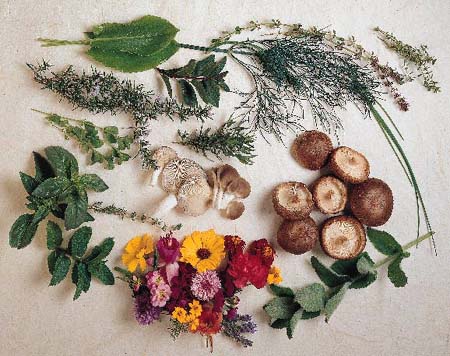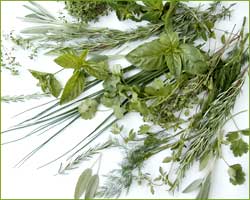


All herbs listed throughout this site are for Minnesota Hardiness Zones 4 and below.
Here's some good news: You don't need a green thumb to grow your own herb garden. Herbs are incredibly adaptable and require much less attention than a vegetable garden. The three most common classifications are annuals, biennials, and perennials. Annuals will bloom for one season and die. Biennials live for two seasons,blooming in the second season. Perennials will survive over winter and continue to bloom year after year.
Of the many reasons to grow your own herbs, one of the most important benefits is the strength and potency of fresh plants. Even within a few hours after being cut, many herbs can lose significant potency. Another important benefit is purity. When you grow your own herbs using the purest nutrients, you can assure the freshest produce. Without the toxins, diseases, pests and funguses normally found in soil, your plants will be healthier and reward you with higher yields of the best plants and flowers suitable for medicinal applications. By providing your plants with the purest nutrients, your plants will respond with vitality that will positively effect their environment.
To maintain the general health of your garden, fragrant herbs like parsley, sage, thyme, and chives have proved to be beneficial as both pesticides and soil enhancers. Herbs like dill, chamomile, and rosemary, when planted next to cabbage and potatoes, will deter pests that normally feed on these vegetables.
Learn how to Grow Your Own Minnesota Herb Garden
Annuals
Biennials
Perennials